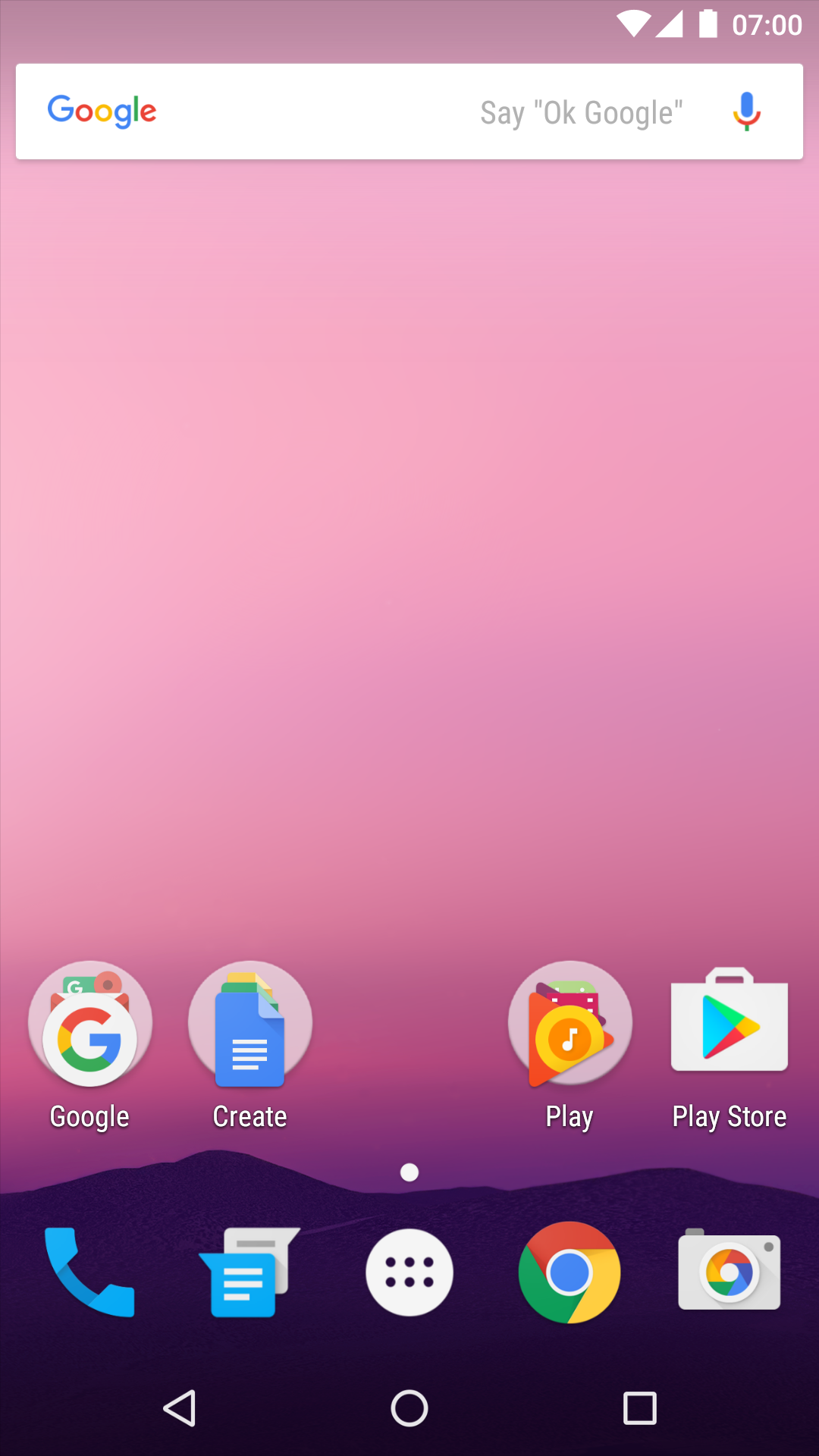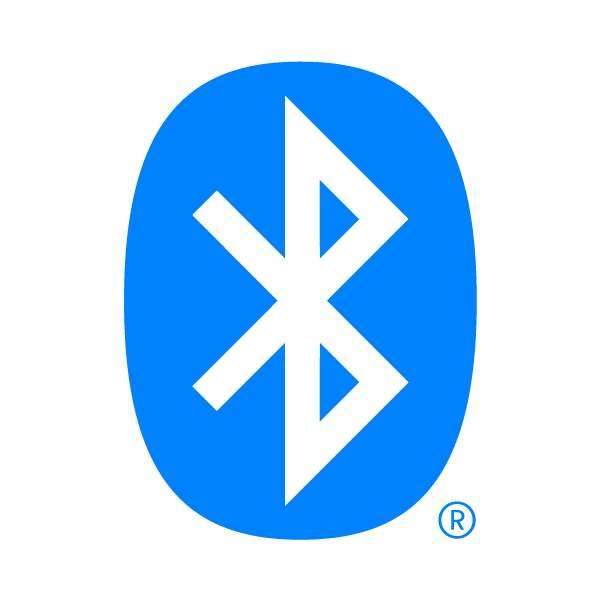|
OnePlus 3
The OnePlus 3 (also abbreviated as OP3) is a smartphone produced by OnePlus. It was revealed on 14 June 2016. The phone was unveiled in a virtual reality event and OnePlus offered its customers Loop VR headsets to experience the event using their phones, giving away 30,000 free headsets in lieu of a traditional press conference. History Release The OnePlus 3 is the first OnePlus device to not be part of the invite system, which OnePlus had used for its last three devices to regulate flow with inadequate manufacturing for the inevitable high demand. Following some controversy, the OxygenOS 3.2.1 update began rollout on 7 July 2016, with improved RAM management, an alternate sRGB display mode in developer options, and various bug fixes. Discontinuation An updated version of the device, called the OnePlus 3T, was announced by the company on 15 November 2016 and released on 22 November. It improves upon the OnePlus 3 by including the newer Snapdragon 821 chipset, a 16MP fr ... [...More Info...] [...Related Items...] OR: [Wikipedia] [Google] [Baidu] |
BeiDou Navigation Satellite System
The BeiDou Navigation Satellite System (BDS; ) is a Chinese satellite navigation system. It consists of two separate satellite constellations. The first BeiDou system, officially called the BeiDou Satellite Navigation Experimental System and also known as BeiDou-1, consisted of three satellites which, beginning in 2000, offered limited coverage and navigation services, mainly for users in China and neighboring regions. BeiDou-1 was decommissioned at the end of 2012. The second generation of the system, officially called the BeiDou Navigation Satellite System (BDS) and also known as COMPASS or BeiDou-2, became operational in China in December 2011 with a partial constellation of 10 satellites in orbit. Since December 2012, it has been offering services to customers in the Asia-Pacific region. In 2015, China launched the third generation BeiDou system (BeiDou-3) for global coverage. The first BDS-3 satellite was launched on 30 March 2015. On 27 December 2018, BeiDou Navigation ... [...More Info...] [...Related Items...] OR: [Wikipedia] [Google] [Baidu] |
Android P
Android Pie ( codenamed Android P during development), also known as Android 9 (API 28) is the ninth major release and the 16th version of the Android mobile operating system. It was first released as a developer preview on March 7, 2018, and was released publicly on August 6, 2018. On August 6, 2018, Google officially announced the final release of Android 9 under the title "Pie", with the update initially available for current Google Pixel devices, and releases for Android One devices and others to follow "later this year". The Essential Phone was the first third-party Android device to receive an update to Pie, notably coming day-and-date with its final release. The Sony Xperia XZ3 was the first device with Android Pie pre-installed. As of December 2022, 9.17% of all Android devices ran Android 9 Pie (not receiving security updates), with 17.2% of tablets alone still running Pie, making it the 3rd most popular version to date. History Android Pie, then referred to as "And ... [...More Info...] [...Related Items...] OR: [Wikipedia] [Google] [Baidu] |
Android Oreo
Android Oreo ( codenamed Android O during development) is the eighth major release and the 15th version of the Android mobile operating system. It was first released as an alpha quality developer preview in March 2017 and released to the public on August 21, 2017. It contains a number of major features, including notification grouping, picture-in-picture support for video, performance improvements, and battery usage optimization, and support for autofillers, Bluetooth 5, system-level integration with VoIP apps, wide color gamuts, and Wi-Fi Aware. Android Oreo also introduces two major platform features: Android Go – a software distribution of the operating system for low-end devices – and support for implementing a hardware abstraction layer. , 8.17% of Android devices ran Android Oreo, with and 5.11% on Android 8.1 (API 27) and 2.06% on Android 8.0 (API 26). Android Oreo was internally codenamed "Oatmeal Cookie." On March 21, 2017, Google released the first devel ... [...More Info...] [...Related Items...] OR: [Wikipedia] [Google] [Baidu] |
Pete Lau
Pete Lau, or Liu Zuohu (), is a Chinese entrepreneur and business executive. He is the co-founder and the chief executive officer of Chinese smartphone maker OnePlus. Career in Oppo Lau started working in Oppo as a hardware engineer. He later became the director of Oppo's Blu-ray division. Lau's attention for detail became famous in tech circles during that time when he smashed a Blu-ray player's logic board to express his disappointment about the circuitry design. He then became head of marketing before finally getting assigned as the Vice President. As the Vice President, he was instrumental in bringing CyanogenMod, an Android-based operating system, to Oppo N1 smartphone. He resigned from Oppo in November 2013 after working in the company for over a decade. OnePlus In December 2013, Lau and Carl Pei launched their own company named "OnePlus" with the aim of creating "a more beautiful and higher quality product." At the time of its founding, OnePlus had only 6 employee ... [...More Info...] [...Related Items...] OR: [Wikipedia] [Google] [Baidu] |
OnePlus 5
The OnePlus 5 (also abbreviated as OP5) is a smartphone made by OnePlus. It is the successor to the OnePlus 3T, which was released in 2016. The OnePlus 5 was officially unveiled during a keynote on 20 June 2017 and first released on June 20, 2017. It was succeeded by the OnePlus 5T five months later on November 21, 2017. History ''The Verge'' announced in May 2017 that the successor to the OnePlus 3 would be known as the OnePlus 5. While OnePlus did not officially state why the number four was skipped, it was speculated that it was due to the number four being considered unlucky (tetraphobia) in China. According to India Today, the "4" was skipped because OnePlus 2 was not very successful and now OnePlus considers even numbers unlucky. OnePlus confirmed that the handset would feature a Snapdragon 835 processor prior to launch. OnePlus also noted its work with the image processing firm DxO to improve the camera on the device. Specifications Hardware The OnePlus 5 has an an ... [...More Info...] [...Related Items...] OR: [Wikipedia] [Google] [Baidu] |
Android Nougat
Android Nougat ( codenamed Android N during development) is the seventh major version and 14th original version of the Android operating system. First released as an alpha test version on March 9, 2016, it was officially released on August 22, 2016, with Nexus devices being the first to receive the update. The LG V20 was the first smartphone released with Nougat. Nougat introduces notable changes to the operating system and its development platform, including the ability to display multiple apps on-screen at once in a split-screen view, support for inline replies to notifications, and an expanded Doze power-saving mode that restricts device functionality once the screen has been off for a period of time. Additionally, the platform switched to an OpenJDK-based Java environment and received support for the Vulkan graphics rendering API, and seamless system updates on supported devices. Nougat received positive reviews. The new app notification format received particular prais ... [...More Info...] [...Related Items...] OR: [Wikipedia] [Google] [Baidu] |
SRGB
sRGB is a standard RGB (red, green, blue) color space that HP and Microsoft created cooperatively in 1996 to use on monitors, printers, and the World Wide Web. It was subsequently standardized by the International Electrotechnical Commission (IEC) as IEC 61966-2-1:1999. sRGB is the current defined standard colorspace for the web, and it is usually the assumed colorspace for images that are neither tagged for a colorspace nor have an embedded color profile. sRGB essentially codifies the display specifications for the computer monitors in use at that time, which greatly aided its acceptance. sRGB uses the same color primaries and white point as ITU-R BT.709 standard for HDTV, a transfer function (or gamma) compatible with the era's CRT displays, and a viewing environment designed to match typical home and office viewing conditions. An amendment of the IEC 61966-2-1 standard document that defines sRGB includes the definition of a number of variants including sYCC, which i ... [...More Info...] [...Related Items...] OR: [Wikipedia] [Google] [Baidu] |
Virtual Reality
Virtual reality (VR) is a simulated experience that employs pose tracking and 3D near-eye displays to give the user an immersive feel of a virtual world. Applications of virtual reality include entertainment (particularly video games), education (such as medical or military training) and business (such as virtual meetings). Other distinct types of VR-style technology include augmented reality and mixed reality, sometimes referred to as extended reality or XR, although definitions are currently changing due to the nascence of the industry. Currently, standard virtual reality systems use either virtual reality headsets or multi-projected environments to generate realistic images, sounds and other sensations that simulate a user's physical presence in a virtual environment. A person using virtual reality equipment is able to look around the artificial world, move around in it, and interact with virtual features or items. The effect is commonly created by VR headsets cons ... [...More Info...] [...Related Items...] OR: [Wikipedia] [Google] [Baidu] |
USB-C
USB-C (properly known as USB Type-C) is a 24-pin USB connector system with a rotationally symmetrical connector. The designation C refers only to the connector's physical configuration or form factor and should not be confused with the connector's specific capabilities, which are designated by its transfer specifications (such as USB 3.2). A notable feature of the USB-C connector is its ''reversibility''; a plug may be inserted into a receptacle in either orientation. The ''USB Type-C Specification 1.0'' was published by the USB Implementers Forum (USB-IF) and was finalized in August 2014. It was developed at roughly the same time as the USB 3.1 specification. In July 2016, it was adopted by the IEC as "IEC 62680-1-3". A device with a Type-C connector does not necessarily implement USB, USB Power Delivery, or any Alternate Mode: the Type-C connector is common to several technologies while mandating only a few of them. USB 3.2, released in September 2017, re ... [...More Info...] [...Related Items...] OR: [Wikipedia] [Google] [Baidu] |
Bluetooth
Bluetooth is a short-range wireless technology standard that is used for exchanging data between fixed and mobile devices over short distances and building personal area networks (PANs). In the most widely used mode, transmission power is limited to 2.5 milliwatts, giving it a very short range of up to . It employs Ultra high frequency, UHF radio waves in the ISM bands, from 2.402GHz to 2.48GHz. It is mainly used as an alternative to wire connections, to exchange files between nearby portable devices and connect cell phones and music players with wireless headphones. Bluetooth is managed by the Bluetooth Special Interest Group (SIG), which has more than 35,000 member companies in the areas of telecommunication, computing, networking, and consumer electronics. The Institute of Electrical and Electronics Engineers, IEEE standardized Bluetooth as IEEE 802.15.1, but no longer maintains the standard. The Bluetooth SIG oversees development of the specification, manages the qualificat ... [...More Info...] [...Related Items...] OR: [Wikipedia] [Google] [Baidu] |




